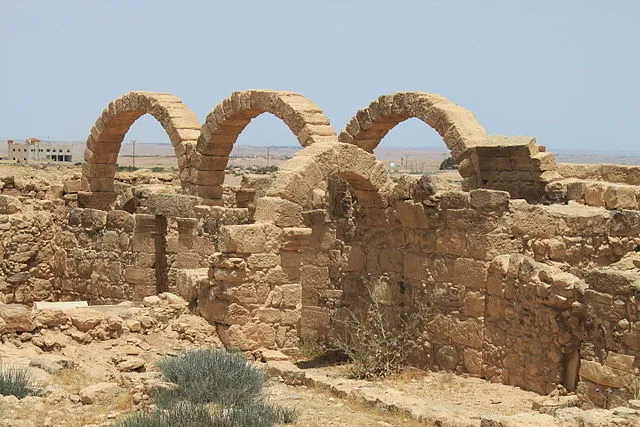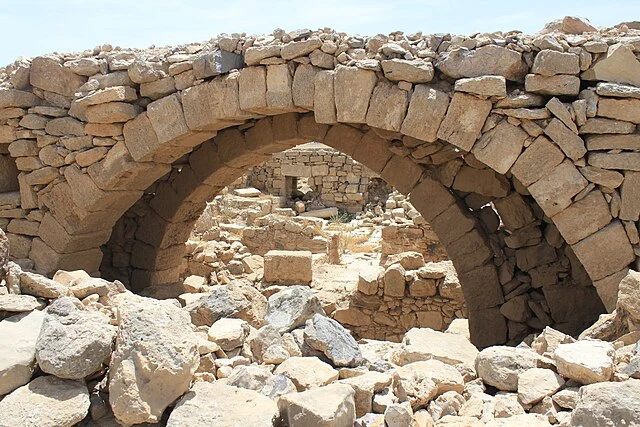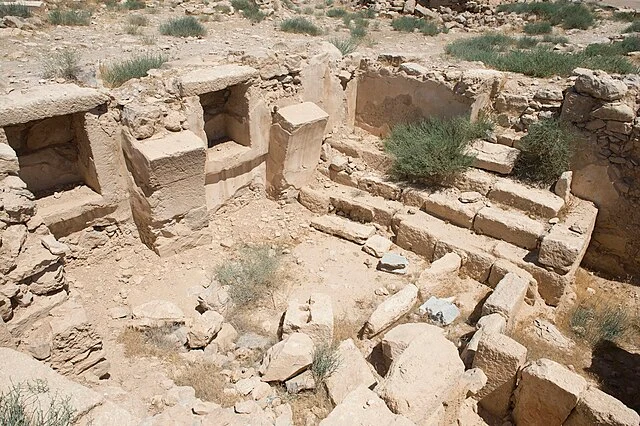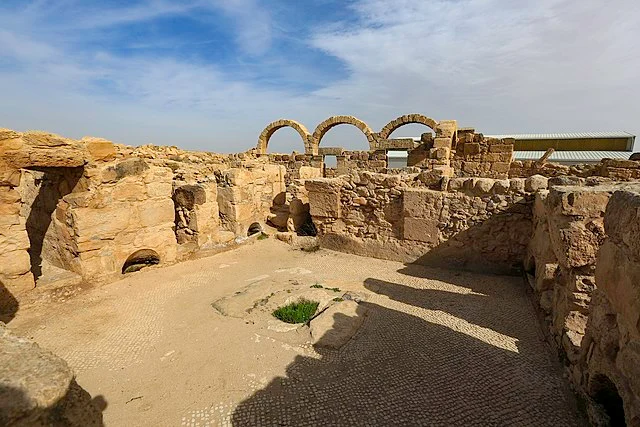Umm ar-Rasas, a significant archaeological site in Jordan, offers deep insights into the region’s history from the Roman to the early Islamic period. Located approximately 30 kilometers southeast of Madaba, Umm ar-Rasas was a strategic settlement in antiquity, linked to the broader geopolitical dynamics of the Near East. The site is notable for its extensive ruins, including military, religious, and civilian structures, many of which date from the 3rd to the 9th centuries AD.
Get your dose of History via Email
Historical Context and Significance of Umm ar-Rasas

The site is known in antiquity as Kastron Mefaa, initially served as a Roman military camp. The site evolved into a thriving town during the Byzantine period, reflecting the broader regional trend of urbanization under Roman influence. The military origins of Umm ar-Rasas are evident in the site’s fortified structures and its strategic location along key trade and military routes.
During the Byzantine era, Umm ar-Rasas became a religious and administrative center. The town’s growth mirrors the Christianization of the Roman Empire. Numerous churches were built, reflecting the region’s importance as a religious hub. The mosaics and inscriptions found at Umm ar-Rasas provide valuable evidence of the town’s religious and cultural life during this period.
Archaeological Discoveries

One of the most remarkable features of this site is its well-preserved mosaics. The mosaic floors, especially those in the Church of St. Stephen, are among the finest examples of Byzantine art in the region. These mosaics, dating to the 8th century AD, depict cities of the Holy Land and Nile Delta, showcasing the town’s connections to the broader Christian world.
Excavations at Umm ar-Rasas have also uncovered significant architectural remains, including residential buildings, churches, and a large tower known as the Stylite Tower. The tower, a rare example of its kind, was likely used by ascetics who lived in seclusion, a practice known as stylitism. The presence of such a tower highlights the site’s religious importance and its role in early Christian monastic practices.
Umm ar-Rasas in the Early Islamic Period

After the Islamic conquest of the region in the 7th century AD, this place continued to thrive. The site remained inhabited, and the continued use of its churches indicates a degree of religious tolerance. The town’s strategic location along trade routes likely contributed to its sustained importance. Archaeological evidence suggests that the site was inhabited until at least the 9th century AD, when it began to decline.
UNESCO World Heritage Status

In 2004, Umm ar-Rasas was designated a UNESCO World Heritage site. This recognition underscores the site’s cultural and historical significance. The ruins provide a unique window into the transition from Roman to Islamic rule in the region, offering insights into the continuity and change that characterized this period.
Conclusion
Umm ar-Rasas is a site of immense historical and archaeological value. The site’s well-preserved mosaics, extensive ruins, and strategic location provide a detailed view of life in the Near East from the Roman to the early Islamic periods. Continued archaeological research at Umm ar-Rasas will likely yield further insights into this fascinating and complex history. For historians and archaeologists, the site remains an essential site for understanding the cultural and religious dynamics of the region.
Source:

